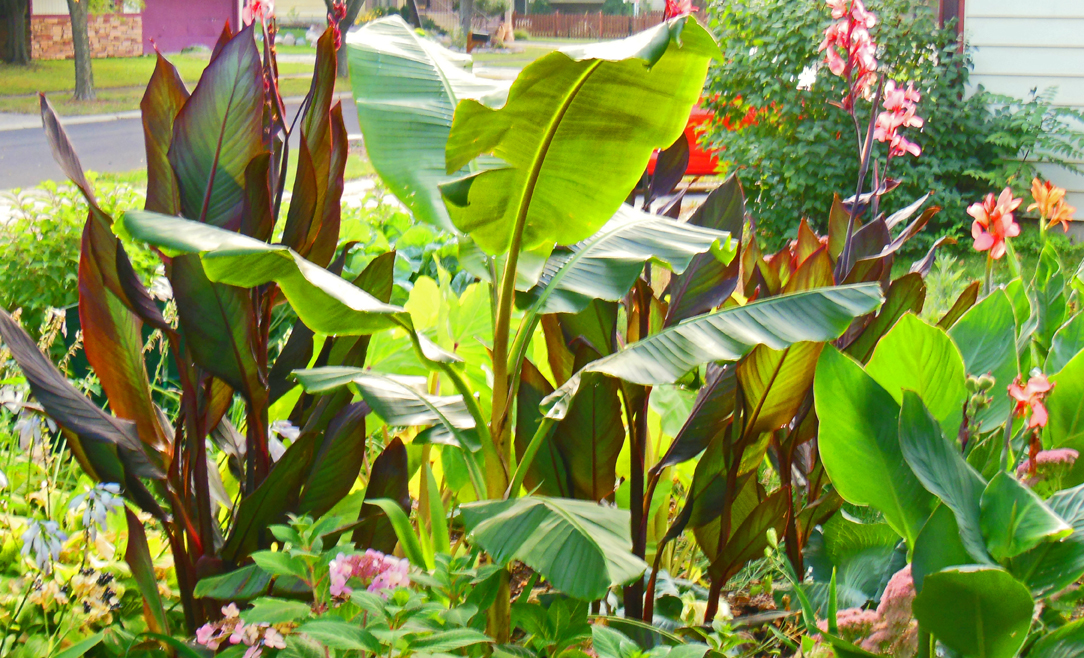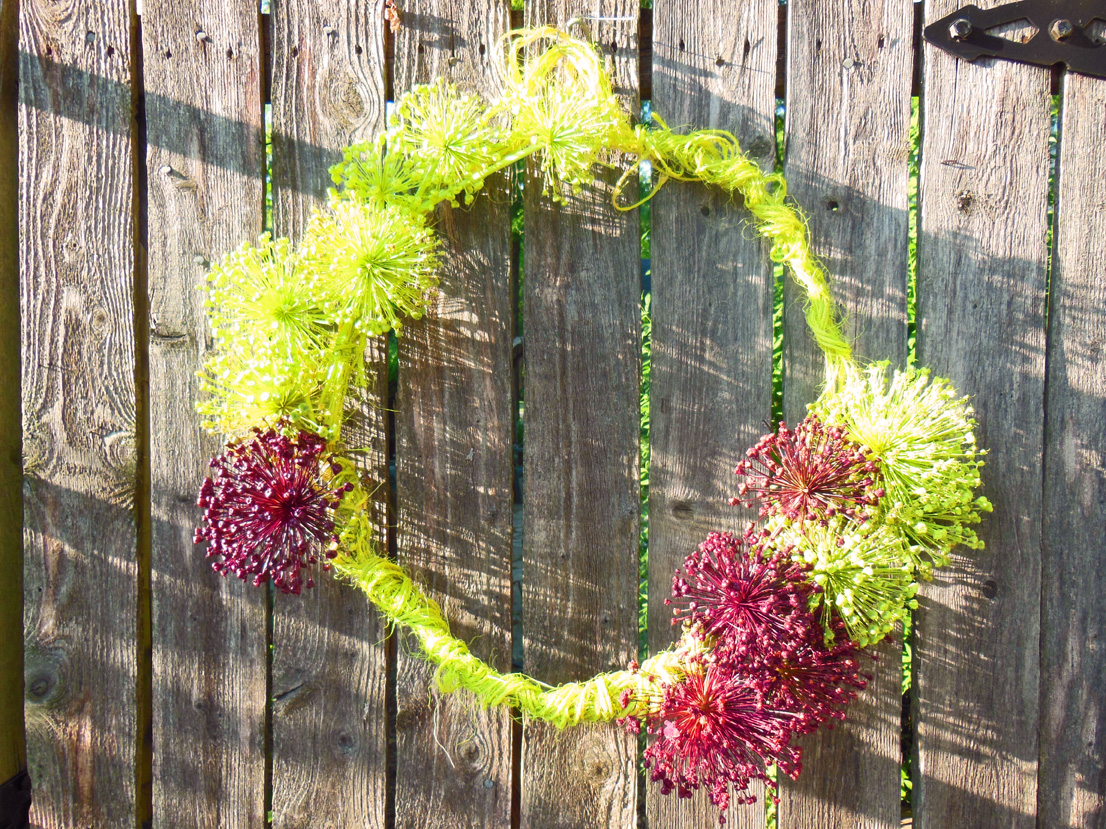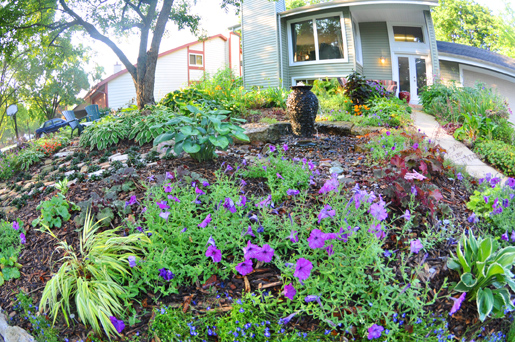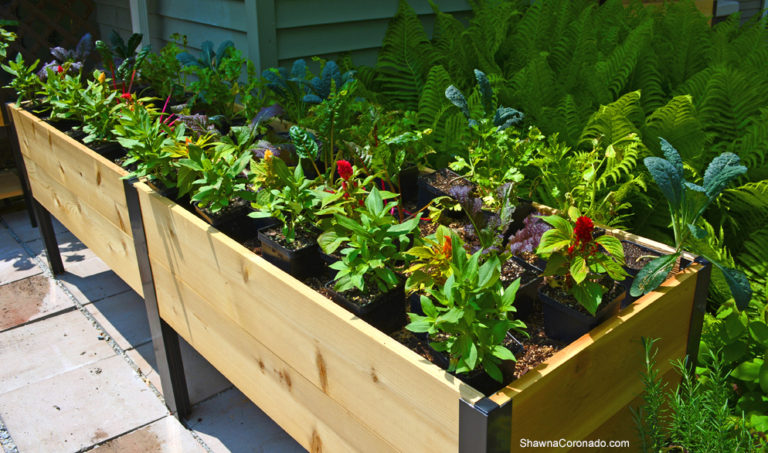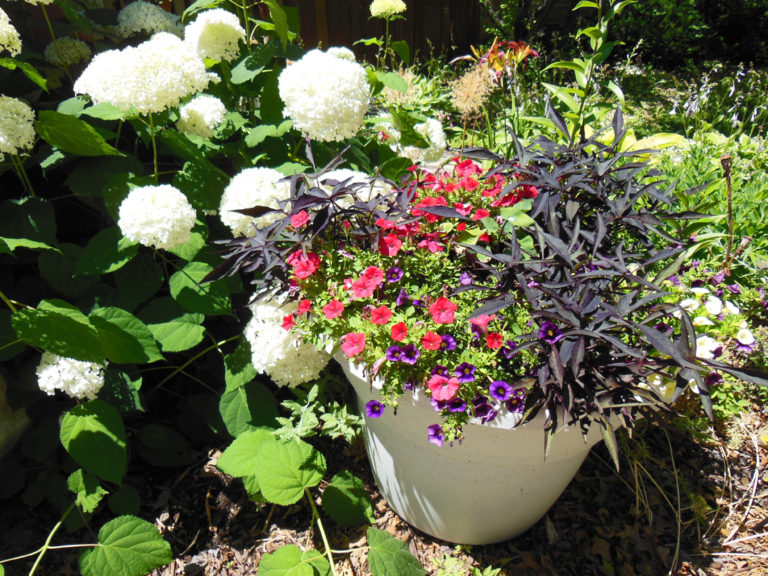How to Grow a Smoketree Shrub
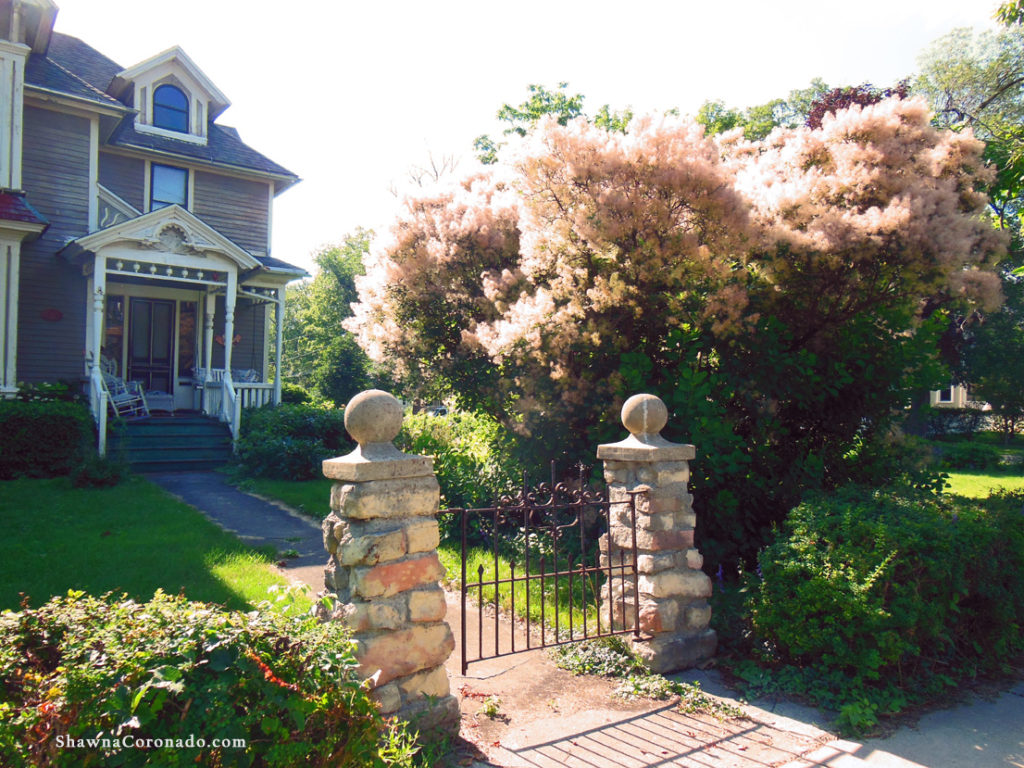
Smoketree shrub talk with winter upon us? What is this crazy garden talk? Now is a perfect time to fantasize about new additions to your garden after the holiday season. I’m counting the days to spring and know you are doing the same, so why not join me in a shrub fantasy. I love the Smoketree shrub. It is a striking ornamental grown as a shrub or a small tree for its fluffy, cloudlike, hairy stalks of sterile flowers.
Smoketree Shrub Has Cloudlike Branches
Each panicle can be up to 10 inches long with reddish petioles that, when packed tightly together, look like smoke floating above the shrub (leading to another common name, cloud tree). Inedible berries sometimes occur on pink-tinged stems. It is often used as a specimen plant due to its four-season interest. Early spring leaves are pale, sometimes pink in tone, and very attractive. Fall leaves are explosions of bright colors.
Its twisted and gnarly limbs and flaky barks make it an interesting structural addition to the winter garden. Smoketree’s leaves have 30 percent tannin content and are regularly used worldwide for tannin production. Below is an excerpt from the Indiana Getting Started Gardening Guide which can give you some insight into growing a smoketree.
How to Grow a Smoketree
Botanical name — Cotinus coggygria
Bloom Period and Seasonal Color — Early summer; colorful foliage with insignificant yellow flowers
Mature Height × Spread — 15 feet × 15 feet
Added Benefits – Foliage color
Sun Requirements – Sun – Garden Zones 4 to 8
How to Plant a Smoketree Shrub –
Plant smoke trees in spring or fall in medium, well-drained soil. If soil is too heavy or wet, mix in organic ingredients such as worm castings, rotted manure, compost, or a bit of gravel. Plant the shrub in full sun for best smoke flower production; also, plants in shade can be susceptible to fungal problems. When planting, dig a hole that is equal to the height of the rootball and twice as wide. Smoketree can tolerate most types of soil and does particularly well in urban situations.
Shrub Culture Gardening Tips –
Although the smoke tree will tolerate drought, it prefers consistent moisture. Mulch the soil with a 2- to 3-inch layer of compost or organic matter. Only fertilize with organic fertilizer before new growth occurs in spring if the plant shows signs of undernourishment.
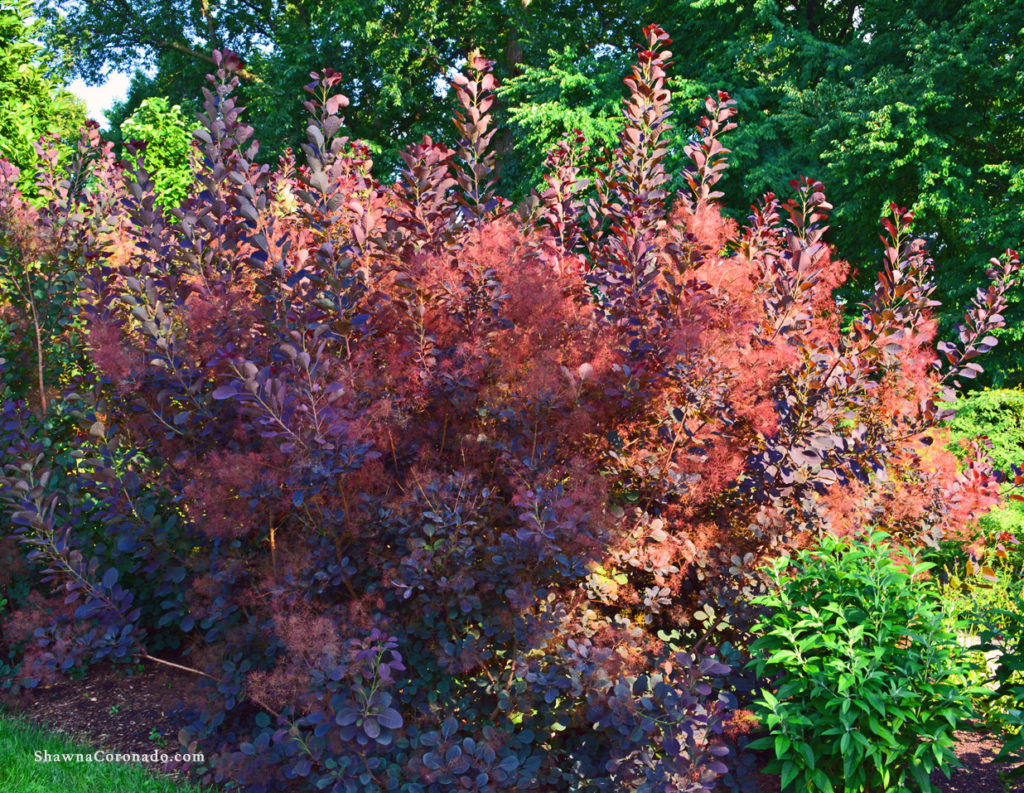
Advice and Care for Your Smoketree Shrub –
The bark of the smoke tree shrub is rather thin and should be protected from lawnmowers and weed-cutting tools. Smoketree can be pruned to the ground in early spring before it leaves out to keep the plant shorter and shrublike, but it won’t flower the year it is pruned. If you want the shrub to resemble a tree, simply remove key stems at the base of the plant, carefully reshaping its growth. Wear gloves when pruning or handling this plant; while it is not poison ivy, some people suffer red and itchy skin after exposure to its sap because this shrub is a member of the poison ivy family.
Smoketree Shrub Design Idea –
With a reputation as a survivor of tough growing conditions, this shrub makes a fantastic urban feature specimen. It is also outstanding planted as a privacy hedgerow—a smokescreen if you will.
Try These Varieties of Smoketree Shrub –
‘Ancot’ or ‘Golden Spirit’ has unusual yellow-green leaves with coral and red leaves in the fall; its flowers are white to pinkish. ‘Royal Purple’ has dramatic purple foliage with pinkish-purple “smoke.” ‘Nordine’ is a very hardy purple form with yellowish copper leaves in fall. ‘Daydream’ is slightly more compact with green leaves and pink-tinted “smoke.”
Particularly interested in gardening in the Midwest? Please get my book, the Indiana Getting Started Garden Guide.

